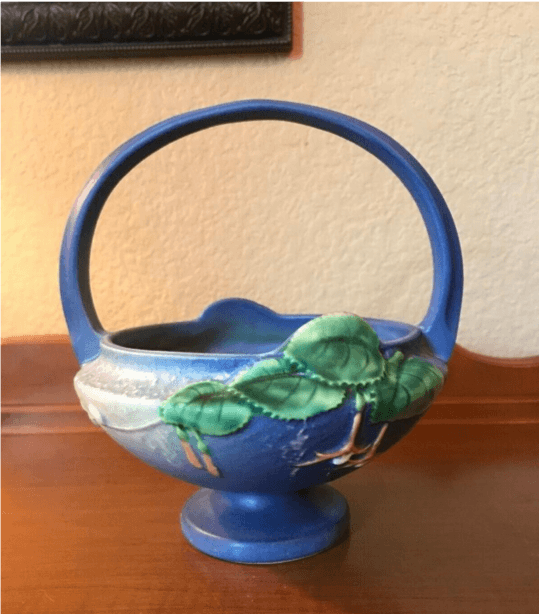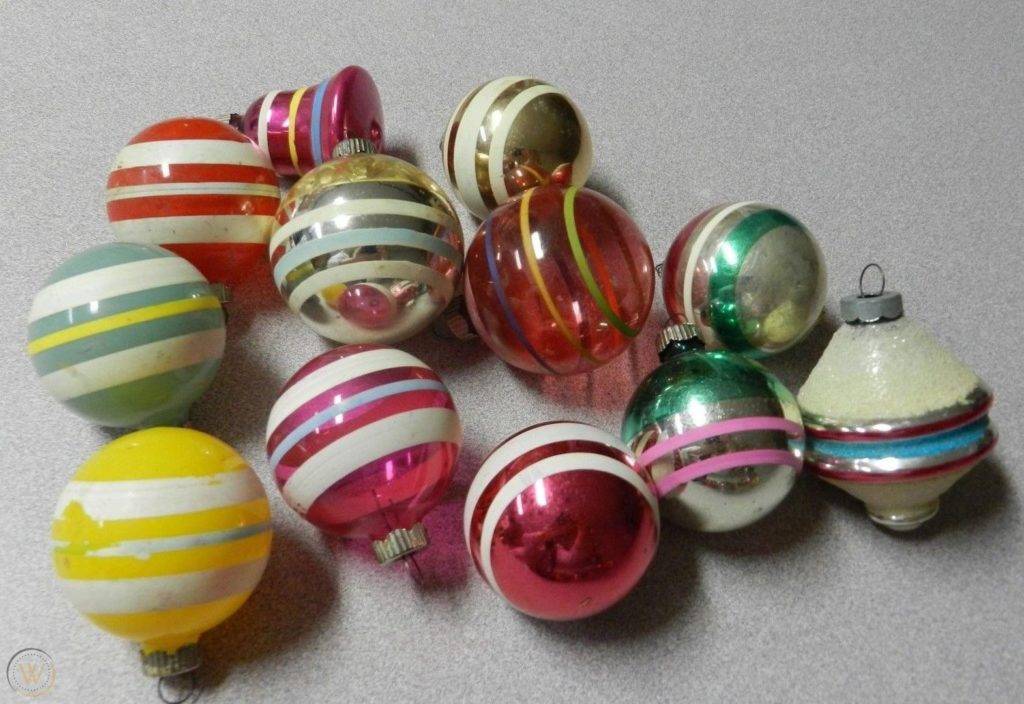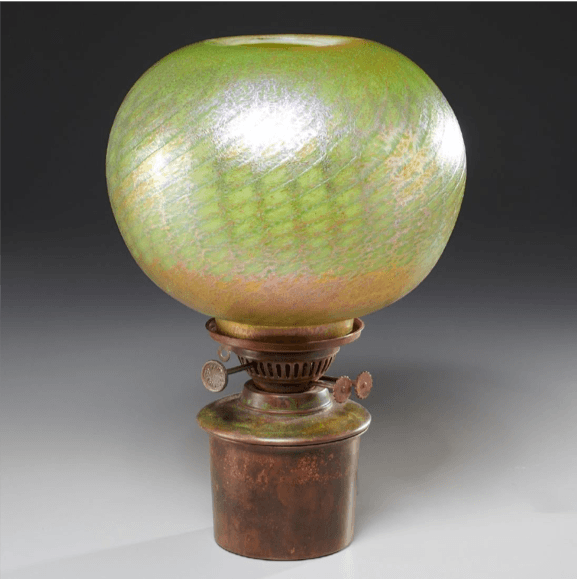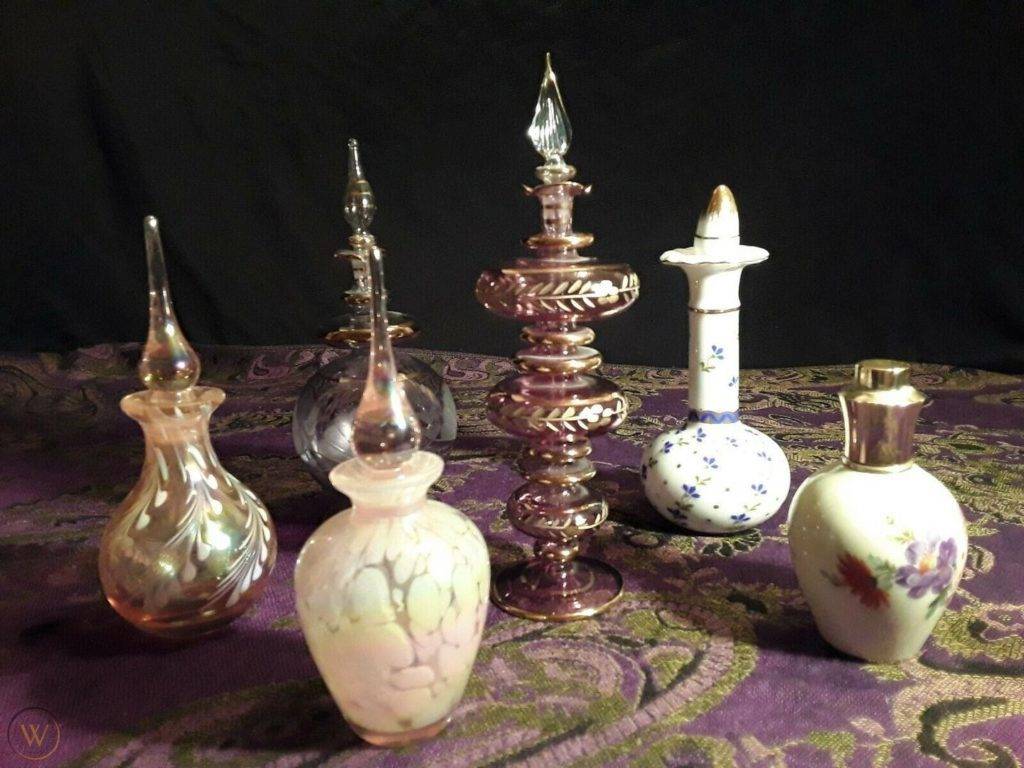I Inherited a ______ from my Grandmother. Where Can I Sell It?

Customers come into the antique store and ask this question – every single day. They might have candy dishes, dinnerware, sewing machines, old books, porcelain figurines, or player pianos. Sometimes it’s just a box of knick-knacks or a stack of National Geographic magazines. Unfortunately, they usually leave disappointed. But it doesn’t have to be that way. This article will list some ways to sell those memories – but first, it’s important to understand two critical guidelines:
1. Market Demand. Your antiques and collectibles aren’t going to sell unless someone wants them. That’s just basic economics. And sadly, a majority of inherited treasures are not in high demand today, including the ones listed above.
Almost everyone inherits a set of china and these are very hard to sell. Odds are better with expensive brands, especially serving pieces. Collectibles like Fiesta, Blue Willow, Friendly Village, and Franciscan are good bets but they must be the older, original versions (not the modern editions). And people don’t use cups and saucers anymore – they drink coffee out of mugs.
Baccarat and Waterford glassware will sell, as will most other heavy leaded, brilliantly cut glass. Some carnival and Depression glass patterns are also in demand, as is Fostoria. But the majority of common pressed glass is not.

For furnishings, your best choices are bookcases, farm tables, oriental rugs, old Craftsman pieces, and signed or labeled mid-century furniture (like Herman Miller or Knoll). Today’s buyers don’t want glass-shelved china cabinets, drop-front desks, heavy armoires, hall trees or used sofas. Things with highly unique features or unusual designs always do better.
A lot of items that were once collectible have dropped in demand due to the proliferation of reproductions and modern knock-offs. Regrettably, that includes favorites like lunch boxes, mechanical banks, bronzes, battle swords, movie posters, snuff bottles, and advertising. During the U.S. bicentennial in 1976, copies of the Declaration of Independence were printed on old-looking “parchment” paper by the zillions. I promise, the one in the back of your great uncle’s filing cabinet is not original.
But many inherited items still have high interest, including manual typewriters, distinctive perfume bottles, vintage Christmas decorations, Masonic and Boy Scout memorabilia, old photographs, quality costume jewelry, and designer purses (in near-new condition). Embroidered linens such as tablecloths, napkins, hankies, and runners will sell well if in good condition. And note that demand varies greatly in different parts of the country.
2. Condition. Unfortunately, there is no such thing as “good condition for its age.” It’s either in good condition or it’s not. Values drop dramatically if furniture has water rings or scratches. Nobody wants chipped plates, prints with brown age spots (foxing), stained pillowcases or books with loose bindings. It doesn’t matter how old they are.

Most inherited items can’t pass the criticality test. Either they are not in demand or they are in poor condition. But if you think you have something worth selling, there are several options to try.
1. Local Antique Dealers. This is the most obvious idea, but it is not as easy as it appears. First, the item you want to sell must be something that a dealer thinks he can resell (remember that Market Demand guideline). If you make it past that unlikely gate, then your pricing must be extremely realistic. Dealers pay rent and a percent of their sales to the store. They must also make a profit and anticipate the possibility that a clunker will end up on the bargain table (or not sell at all.) Dealers get stuck with a lot of mistakes and don’t want to take risks, so they will only pay around 1/4 to 1/3 of what they think they might sell an item for.
2. Online Auctions. This is the best option for selling most collectibles because you are reaching a wide audience and your item will sell for fair market value (in other words, what it’s “worth”). That means you don’t have to guess at a price. Sites like eBay usually charge just 10% of the final selling price (with some variations). But your listing must be honest and accurate. WorthPoint has shared articles in the past with tips for being successful on eBay, but many people don’t want to bother with setting up an account, taking photos, posting, packaging, and shipping. And some things are just too big to successfully mail.
If you know you have an item that is truly valuable, perhaps an oil painting by a well-known artist, a real Tiffany lamp, or an early 18th century chair, take it to a high-end auction house (or send photos). Most major metropolitan areas have several that deal in upscale decorative arts and superior antiques. They will evaluate what you have and estimate a selling range. The auction house will handle the authentication as well as the professional listing and will charge a seller’s premium (which varies from 20% to 25%). However, the best ones have a minimum threshold for acceptance, which is at least several thousand dollars.

This signed 1905 Tiffany lamp insert and globe sold for $3,500 at Millea Brothers Ltd. in May 2018.
3. Local Classified Listings. Many cities have classified websites like Craigslist, which have very simplified listing templates and are often free. While this is better for furniture and eliminates shipping, these sites have their own limitations. In larger markets, there can be so many continuous listings that your item is only on at the top of the queue for a few hours. You must set a sensible price and the process involves strangers coming to your home, which may not be desirable for some. If your piece is small, you can always suggest a meeting at a well-trafficked location like Starbucks.
4. Consignment. Maybe you want more than an antique store will pay or have something that is difficult to sell. Often a consignment store is a good alternative. Choose a consignment store that sells items similar to yours because some deal only in clothing and some in garage sale junk. Others stock better furniture and accessories. Most consignment stores will give you 50% of the final sale – but they set the pricing. And they take ownership of an unsold piece after a certain period of time (like 90 days) unless you go back and pick it up.

5. Estate Sales. If you have a whole houseful of merchandise, estate sale professionals can handle the advertising, tagging, and sales. They’ll even haul off the leftovers. They set the pricing and they usually take around 40%, but the effort is totally out of your hands. If your inheritance is in storage, they can sometimes do the sale from that location.
6. Donations. And finally, what if nobody wants what you have and you just can’t sell it? Keep something meaningful for yourself and then donate the rest. Choose an organization that uses most of its donation income for services or provides jobs for those who may have trouble finding employment. Check Consumer Reports for the best-ranked charities in your area or choose one that matches your goals. Remember that most aren’t able to pick up and they cannot take used mattresses. If you’ve guiltily stored your grandmother’s wedding china for 30 years (like me), you might feel ok about letting it go to a local woman’s shelter. And I think she would approve, too.
Liz Holderman is a Worthologist and accredited appraiser who specializes in books and collectibles.
WorthPoint—Discover Your Hidden Wealth


